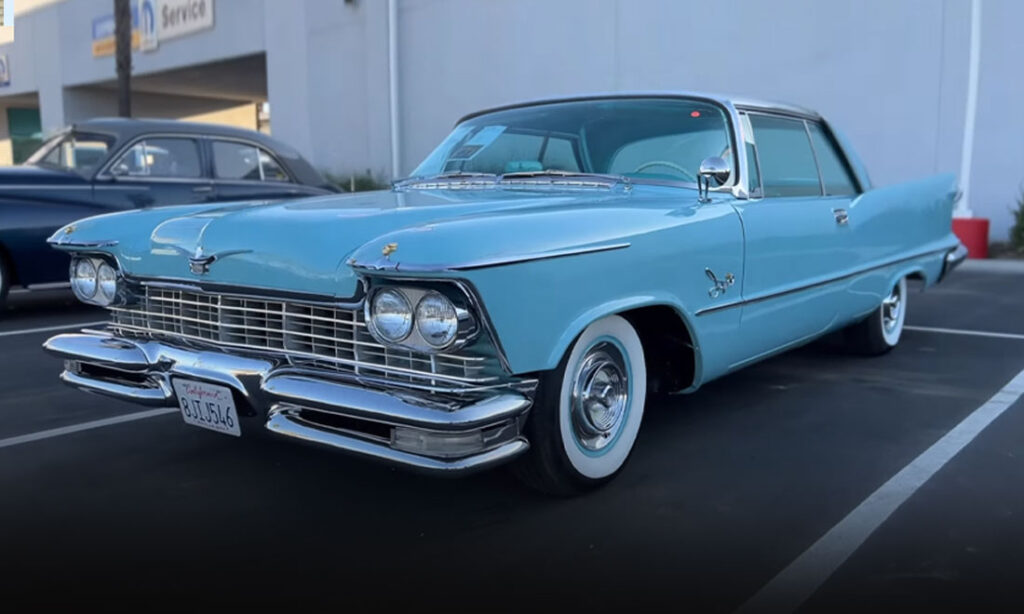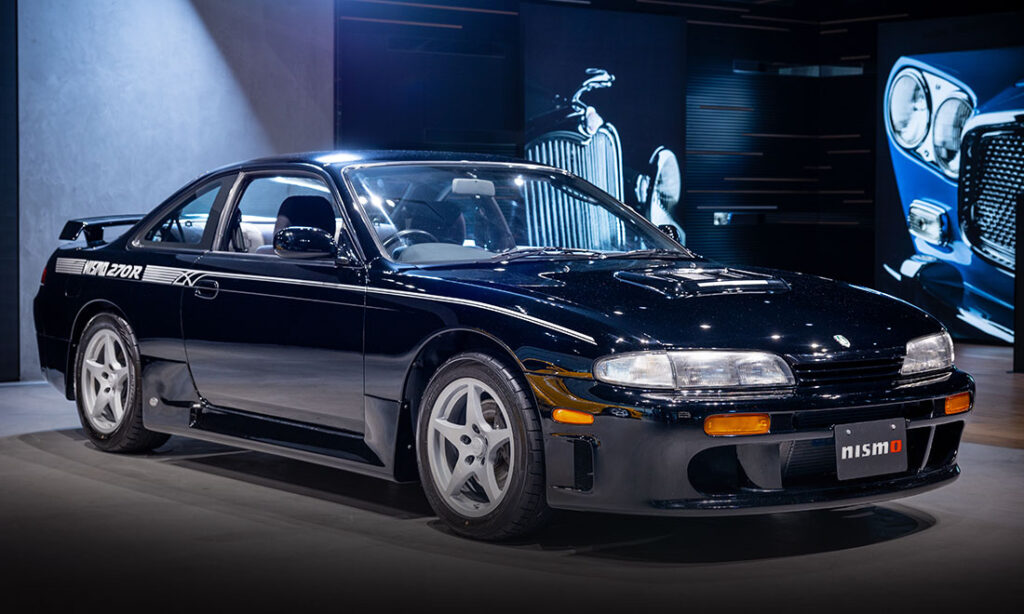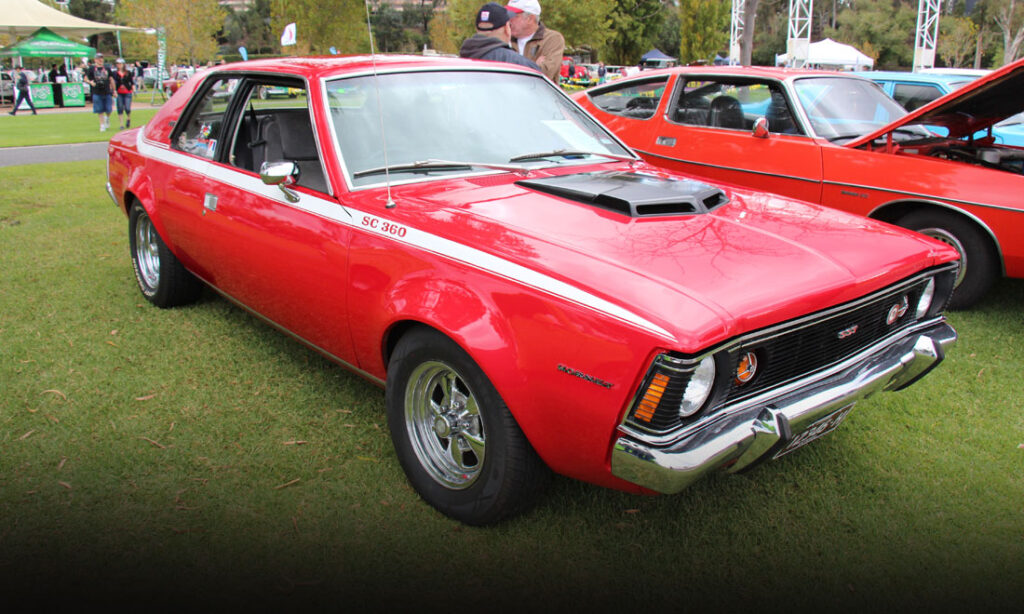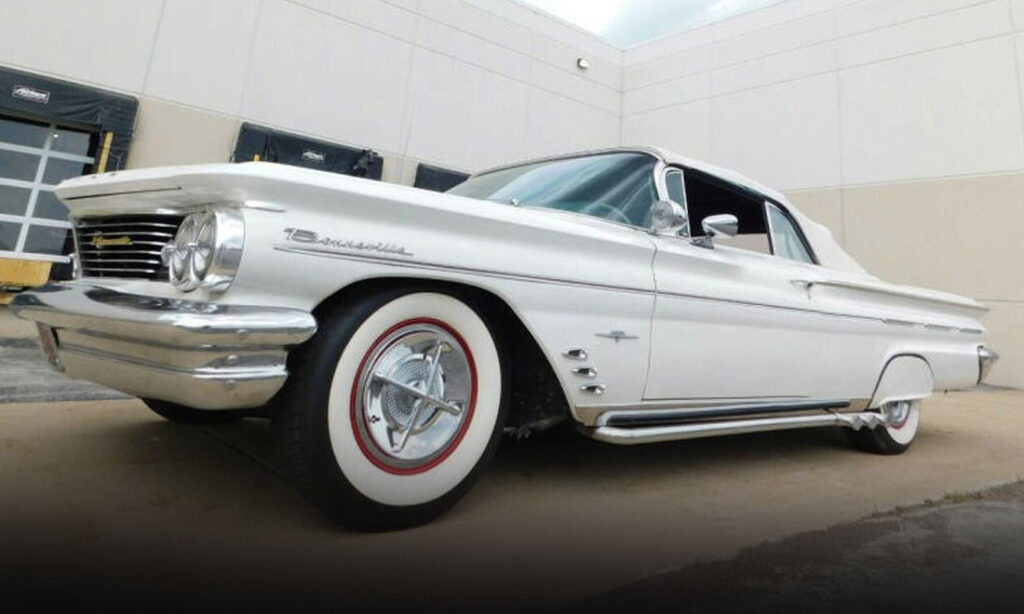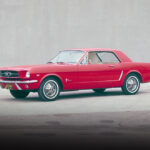The Style and Speed of the ‘60s Chevy Impala SS
The Impala SS featured big V8 power balanced with road-commanding presence and memorable styling as one of the great Chevys of the late ‘60s.
Peak Impala?
The Chevrolet Impala, with its ten generations spanning across seven decades, stands as one of the most mercurial cars of all time, ever changing and evolving, sometimes year-over-year with Chevy never quite content that they perfected the car. Looking back across those varied iterations, from ‘59’s wild taillights to the ubiquitous police cruisers of the early aughts, there’s are many praise-worthy Impalas, the third generation Impala and the ’64 in particular. The Impala’s peak was arguably its fourth generation, debuting in 1965 with new styling and a host of high-end features that had the Chevy flagship nudging its way into Cadillac territory.
The fourth-generation Impala was a complete redesign from what had come before. The Impala sported a new perimeter frame, a new coil spring suspension, and a curvier exterior design with a more sharply raked windshield and semi-fastback slope in back. The full-size Impala was offered as a two-door convertible or hardtop or as a four-door sedan, hardtop, or station wagon. The base Turbo Thrift I-6 was supplemented by an extensive list of optional Turbo Fire and Turbo Jet V8s ranging from 282 to 454 cubic inches. Chevy offered a kaleidoscope of paint options like Artesian Turquoise, Lemonwood Yellow, and Willow Green and eye-catching two-tone paint schemes like Tuxedo Black/Chateau Slate.
The fourth-gen Impala’s configurability ensured broad appeal and helped catapult it to selling over one million units in 1965, the highest ever for a US model (the VW Beetle achieved the same feat that same year, and again in 1971).
Impala Super Sport
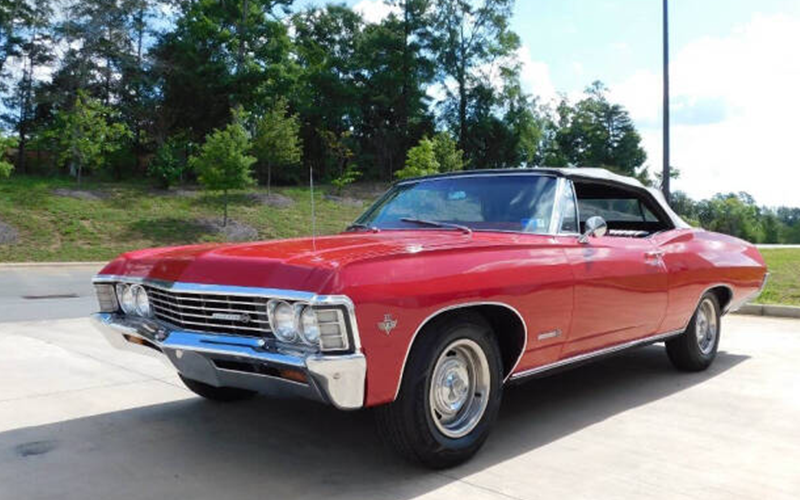
The Impala SS (Super Sport) debut with that third generation for the 1961 model year. The early Impala SS was mostly an appearance package with a base 235 cu.-in. inline-six. It wasn’t until 1965 and the fourth generation that Chevy began giving the Impala SS the means to compete, at least on paper, with the slew of new muscle cars and pony cars that were growing in popularity. Indeed, the Super Sport badge that the Impala had birthed became Chevy’s new performance designator, now carried by both the Camaro and Chevelle.
Of the million ’65 Impala’s sold nearly a quarter, 243,114, were Super Sports, offered exclusively as two-door hardtops or convertibles. Initially, the ‘65 Impala SS was offered with a 409 cu.-in. V8 with either 340 or 400 horsepower. Mid-year the 409 was replaced by the 396 V8 making 325 horsepower. While you could order the Impala SS with the base 250-cu.-in. straight-six, only around 3,600 buyers chose to do so. The interior of the Impala SS sported bucket seats, vinyl upholstery, and a center console.
Revisions for the 1966 Impala SS included new exterior styling with changes to the front grille and new rectangular taillights replacing the Impala’s signature trio of round taillights. New “Strato-bucket” seats adorned the revised interior. For 1967, the Impala SS gained new black exterior accenting and access to the Turbo Jet 427 V8 providing a stout 385 horsepower. The growth of mid-size muscle cars and smaller pony cars had begun to cut into sales of the full-size Impala SS, and trend that continued into 1968 and ’69. By 1969, the Impala SS’s engine options had been trimmed down to three versions of the 427 V8 with 335, 390, or 425 horsepower.
The Impala SS was dropped for 1970, the closing year of the fourth generation, though it did get a new and even larger V8, the 454 Turbo Jet (390 horsepower). By the early ‘70s, the shift toward smaller, more economical cars was underway and full-size cars with thirsty V8s weren’t selling like they had been just a few years earlier. The Impala itself continued its historic run, but the Impala SS wouldn’t return for another two decades.


